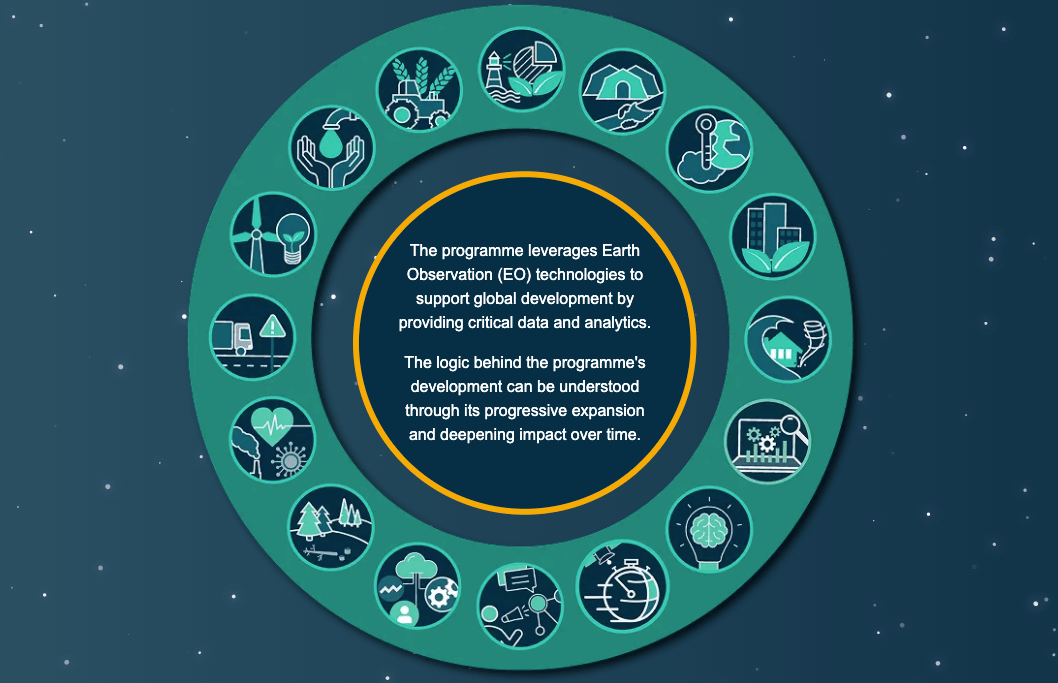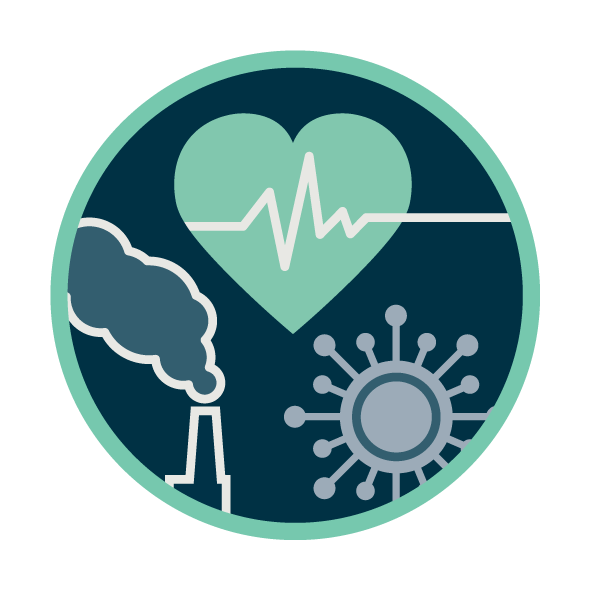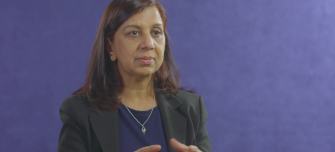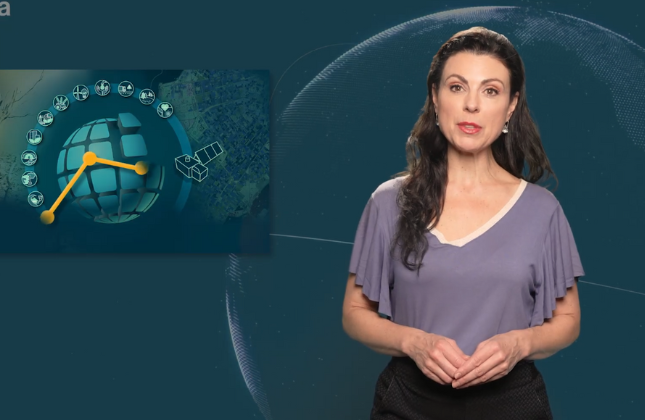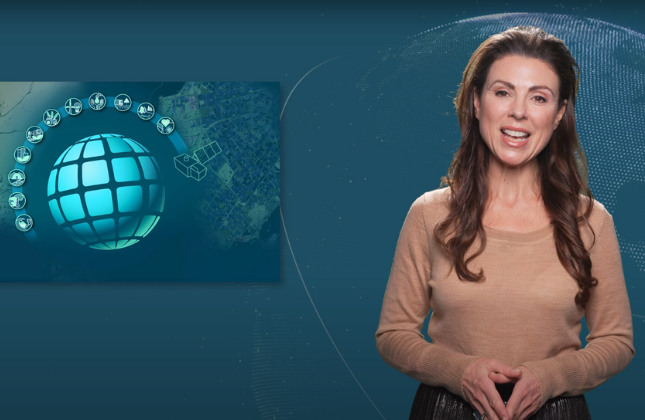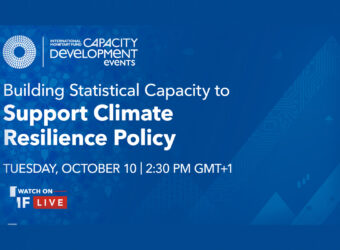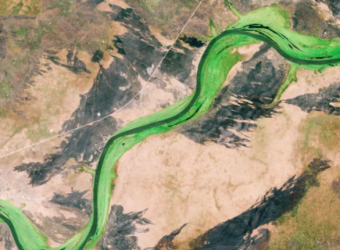Through its participation to IFAD ‘Sharefair of geospatial tools and applications for climate investments’ and the presentation of one key outcome of the EO4SD Climate Resilience cluster case study, GDA was well-represented at the COP26 to demonstrate EO use in climate change mitigation and adaptation.
Adaptation was a major emphasis in Glasgow, and developed countries agreed to double their provision of finance to developing countries from 2019 levels by 2025. The Glasgow Pact emphasises the urgency of scaling up action and support ‘including finance, capacity building and technology transfer, to enhance adaptive capacity, strengthen resilience and reduce vulnerability’ to the growing threat of climate and weather extremes with rising temperatures.
Here satellites make an important contribution, providing global, accurate and repeatable observations, and are particularly vital in countries where ground-based monitoring networks are sparse. For example, space data can trace the impact of urban greening in reducing extremes of urban heat, track the recovery of soils and vegetation due to overgrazing, or inform coastal communities on the risks posed by rising sea levels and erosion rates.
ESA’s EO4SD climate resilience cluster, lead by GMV which is continuing providing EO services to our partners through GDA climate resilience thematic area, presented their results in using Earth observation to monitor soil erosion and wetlands ecosystem services in Lesotho. Moreover, the GDA team participated in the high-level panel of the ShareFair of geospatial tools and applications for climate investments organised by IFAD.
The presence of the GDA team at COP26 was highlighted on ESA’s website, where further space data applications which support commitments made in Glasgow are presented. Click here to read the full article.



